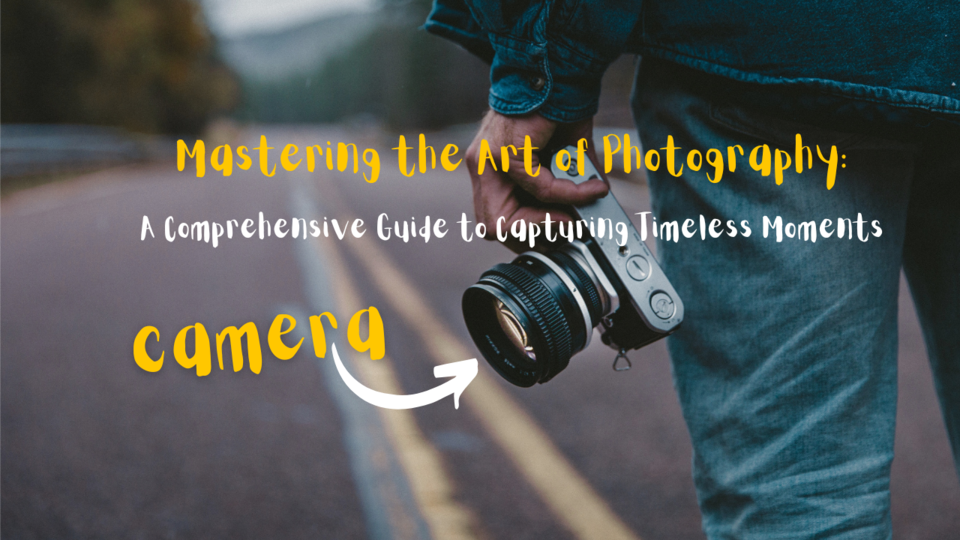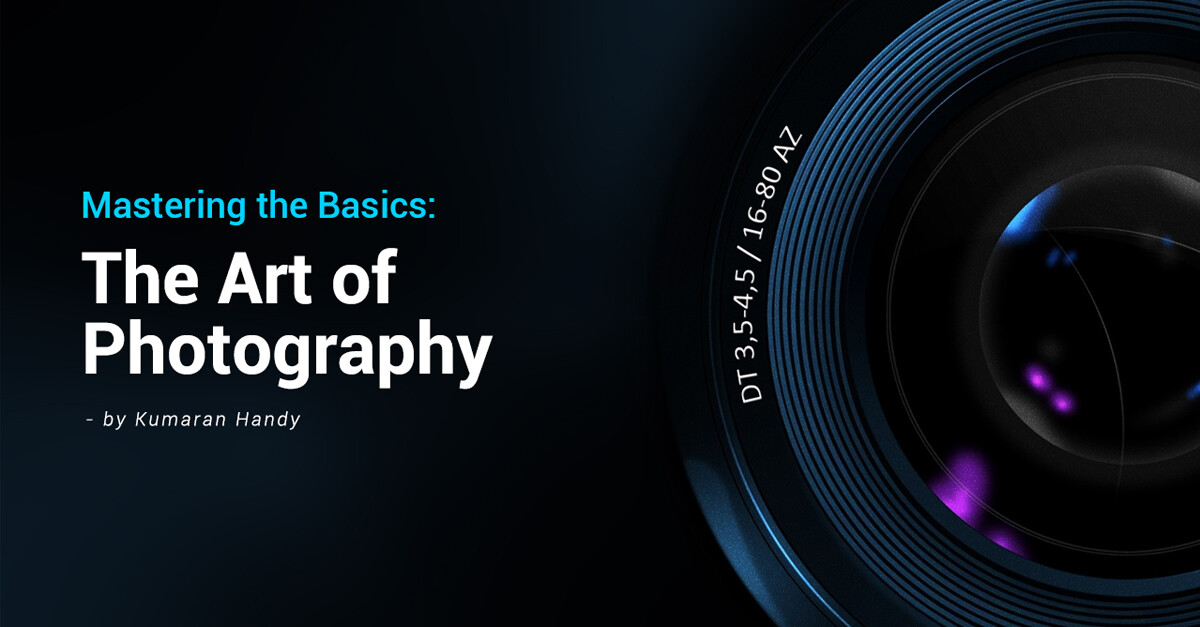Unveiling Modern Photography: Insightful Trends and Innovative Techniques

16-12-2024, 20:45 Admin 4 249 0
The Emergence of Modern Photography: A Glimpse into Current Trends and Progressive Techniques
The dynamic world of photography has experienced significant innovation throughout the past couple of decades and it shows no sign of stopping. With advancements in both technology and social perceptions of photography, change has been consistent and far reaching. Let us delve into the heart of this subject and explore some recent innovative trends and breakthrough techniques that are shaping modern photography.
Perhaps one of the most significant advancements in the photography domain is the transition from analogue to digital. Even the Swedish camera manufacturer Hasselblad, known for its analogue medium format models, has acknowledged the shift by launching its digital equivalent, 'The X1D'. Yet, it’s not only about megapixels and sensor sizes – it’s the way we share, distribute, and even sell our photographs that has experienced a colossal change.
Social media platforms have initiated a renaissance in the photography world. Apps like Instagram and Snapseed offer photographers a platform to exhibit their work on a grand scale, encouraging users to click, edit, and share pictures with global audiences.
Moreover, the advent of Artificial Intelligence (AI) and Machine Learning (ML) in photography tools has redefined visual storytelling. Adobe's 'Sensei' is pioneering this front by employing AI and ML algorithms to improve image quality, detect objects, and even suggest appropriate editing actions to enhance the picture.
The techniques employed in modern photography have also been revolutionized. High Dynamic Range (HDR) imaging prevails as a leading technique, enabling photographers to capture a greater range of luminosity and create images closer to what our eyes perceive in natural scenes.
Another revolutionary technique that has gained immense popularity is drone photography. These hovering pieces of technology offer photographers an entirely new perspective, capturing stunning aerial shots that were once available to only those with access to helicopters.
Virtual Reality (VR) and Augmented Reality (AR) are also breaching the walls of photography as we know it. No longer do photographs have to be a passive experience. Companies like Magic Leap and Google are creating tools to give photographers the ability to construct interactive, immersive images.
And finally, let's not ignore the rise of computational photography. Modern smartphones like Google's Pixel and Apple's iPhone use computational imaging capabilities to increase light sensitivity, decrease noise, and provide stunning bokeh effect, blurring the lines between smartphone and professional photography.
In conclusion, the evolution of photography is a clear testament to the enormous strides technology has taken. With updates and novel tools surfacing constantly, one thing's for sure – the pursuit of capturing moments has never been more interesting and exciting. The future is bright and boundless for photographers, the horizon packed with advances yet to be discovered.
The dynamic world of photography has experienced significant innovation throughout the past couple of decades and it shows no sign of stopping. With advancements in both technology and social perceptions of photography, change has been consistent and far reaching. Let us delve into the heart of this subject and explore some recent innovative trends and breakthrough techniques that are shaping modern photography.
Perhaps one of the most significant advancements in the photography domain is the transition from analogue to digital. Even the Swedish camera manufacturer Hasselblad, known for its analogue medium format models, has acknowledged the shift by launching its digital equivalent, 'The X1D'. Yet, it’s not only about megapixels and sensor sizes – it’s the way we share, distribute, and even sell our photographs that has experienced a colossal change.
Social media platforms have initiated a renaissance in the photography world. Apps like Instagram and Snapseed offer photographers a platform to exhibit their work on a grand scale, encouraging users to click, edit, and share pictures with global audiences.
Moreover, the advent of Artificial Intelligence (AI) and Machine Learning (ML) in photography tools has redefined visual storytelling. Adobe's 'Sensei' is pioneering this front by employing AI and ML algorithms to improve image quality, detect objects, and even suggest appropriate editing actions to enhance the picture.
The techniques employed in modern photography have also been revolutionized. High Dynamic Range (HDR) imaging prevails as a leading technique, enabling photographers to capture a greater range of luminosity and create images closer to what our eyes perceive in natural scenes.
Another revolutionary technique that has gained immense popularity is drone photography. These hovering pieces of technology offer photographers an entirely new perspective, capturing stunning aerial shots that were once available to only those with access to helicopters.
Virtual Reality (VR) and Augmented Reality (AR) are also breaching the walls of photography as we know it. No longer do photographs have to be a passive experience. Companies like Magic Leap and Google are creating tools to give photographers the ability to construct interactive, immersive images.
And finally, let's not ignore the rise of computational photography. Modern smartphones like Google's Pixel and Apple's iPhone use computational imaging capabilities to increase light sensitivity, decrease noise, and provide stunning bokeh effect, blurring the lines between smartphone and professional photography.
In conclusion, the evolution of photography is a clear testament to the enormous strides technology has taken. With updates and novel tools surfacing constantly, one thing's for sure – the pursuit of capturing moments has never been more interesting and exciting. The future is bright and boundless for photographers, the horizon packed with advances yet to be discovered.
Related News
Leave a Comment


